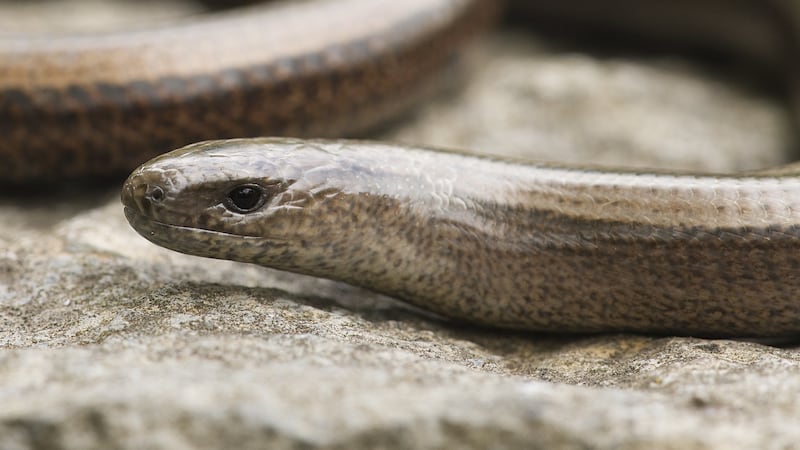Legend has it that St Patrick drove the snakes out of Ireland, but we still have a few reptiles hanging about in the wild, and a nationwide survey wants us to keep our eyes peeled for them.
When people hear that Ireland has wild reptiles, it often raises eyebrows, according to Kieran Flood, a conservation officer with the Irish Wildlife Trust. But Ireland is home to the common or viviparous lizard, which is widely distributed across Europe and Asia, and the slow worm, which is thought to have been introduced in the 1970s in the Burren, Co Clare.
Now the Irish Wildlife Trust wants to get a handle on where these reptiles are hanging out in Ireland. About 50 surveyors have been trained up to seek and record their whereabouts, but we can all play a part by reporting incidental sightings, says Flood.

Basking beauties
Previous surveys by the trust showed that the lizards like to live in coastal areas, bogs and rural gardens, and that the reptiles can also dwell in meadows and unimproved grassland. A good time for sightings is when they are basking – perhaps on a log, stone wall or rock – and Flood encourages people to keep a look out for lizards when out and about.
A more specific way to encourage them to bask in a certain spot is to put down a dark-coloured mat, he adds. "Lizards are cold-blooded, they need to use external heat from the sun by basking to get their metabolism going. So you could put down a piece of corrugated iron, planks of wood, roofing felt, old carpet – anything flat and dark – and leave it to bed in for a couple of weeks. The mat attracts them because it soaks up the heat and it will be a little bit warmer than the surrounding ground. And be sure to check under the mat in case the lizard has gone there to shelter."
Lizards can be jumpy and will most likely scamper off if they sense a human in the vicinity, but morning time lends itself to basking sightings, because the reptiles can be a bit sluggish before the heat gets them going. April is one of the peak periods for lizard sightings, and during the summer, early morning and cooler days tend to be good for reptile spotting, as they may need to bask for a bit longer.
Over the summer you might even be able to tell when a female is pregnant, Flood says. “When the females are pregnant, they are noticeably swollen towards the hind legs. This species of lizard gives birth to live young, and not too many reptiles do that.”
Slow worm spread
The survey, which will run until 2017, is also on the lookout for the slow worm, particularly because we don’t know how far the reptile has spread from the Burren. “The general opinion is that it has not spread very far, but there has never been a nationwide survey so it would be great if people do report any sightings of that,” says Flood. “If we did find any slow worms outside of the Burren region, that would be very interesting.”
If you see a common lizard or slow worm, the survey asks that you email your contact details, the date and location of the sighting and (if possible) a photograph of the reptile to iwtresearch@gmail.com.









